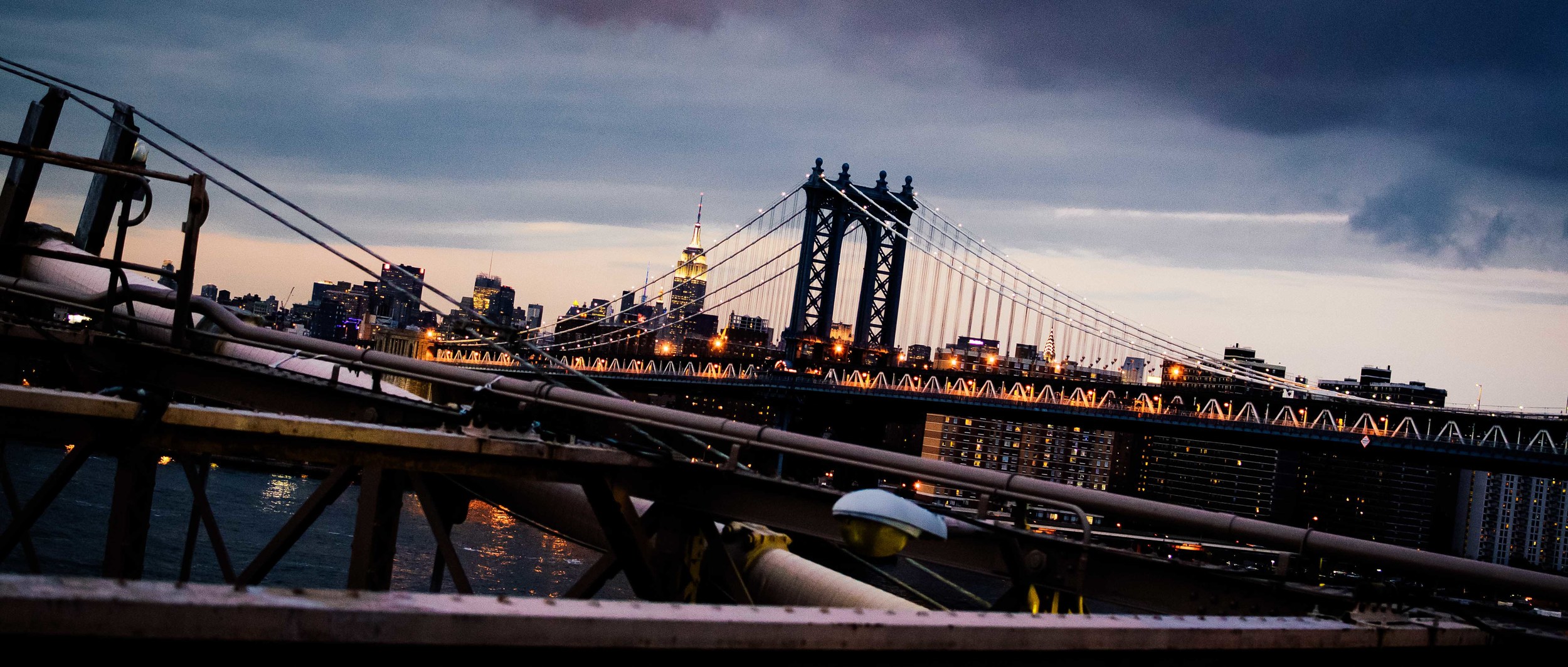
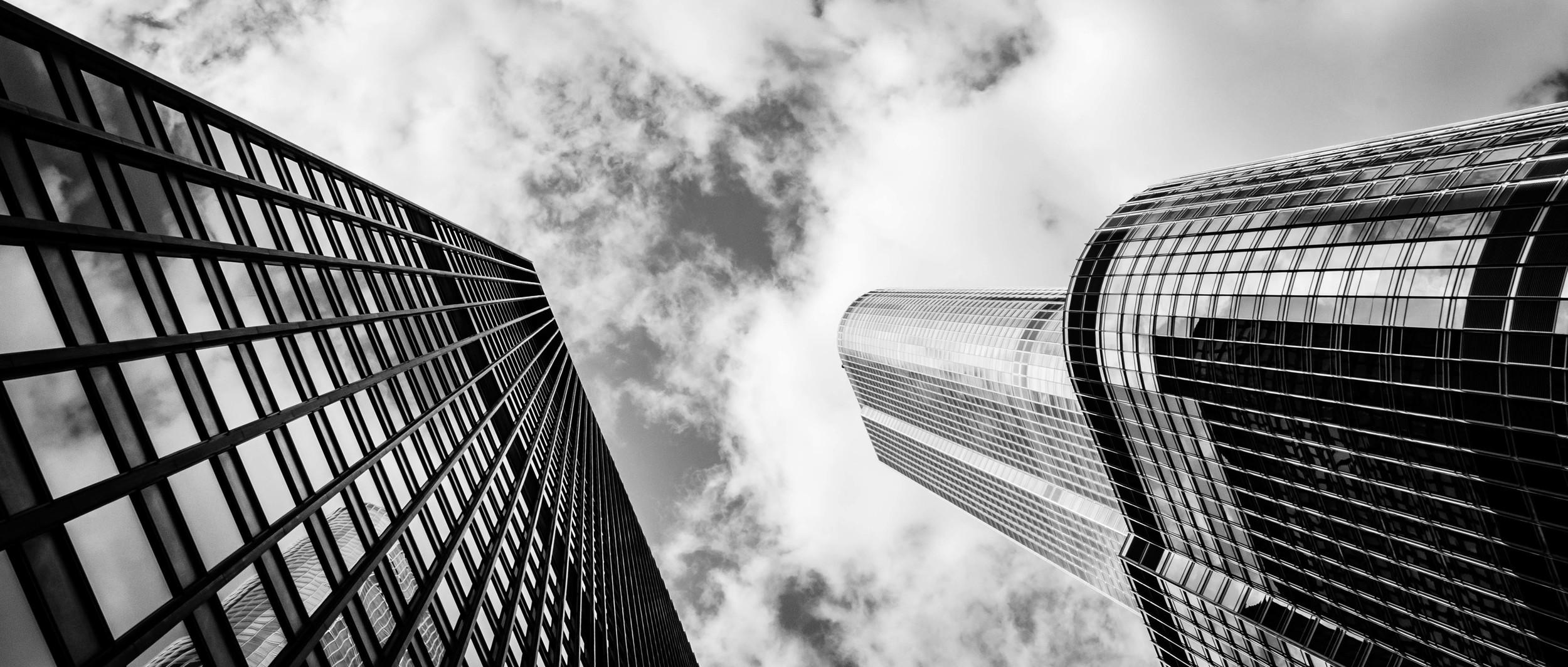
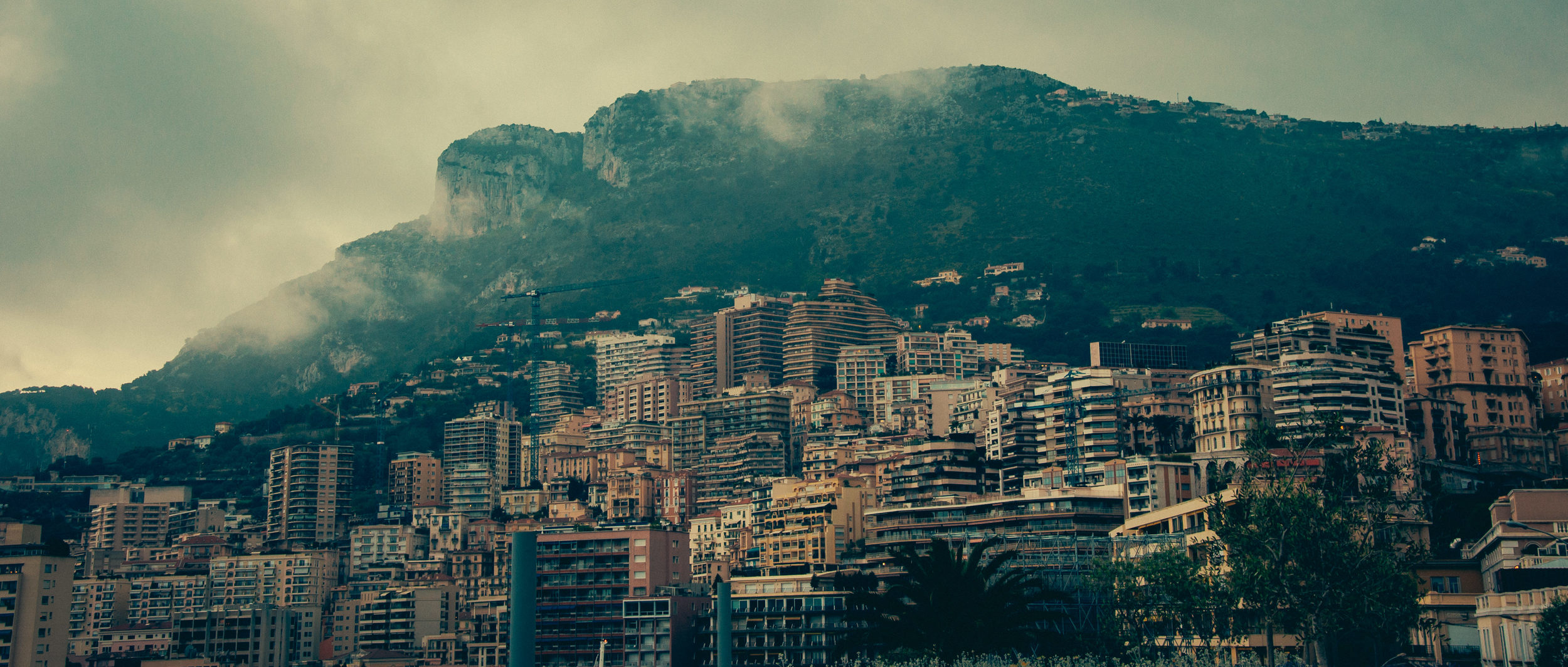
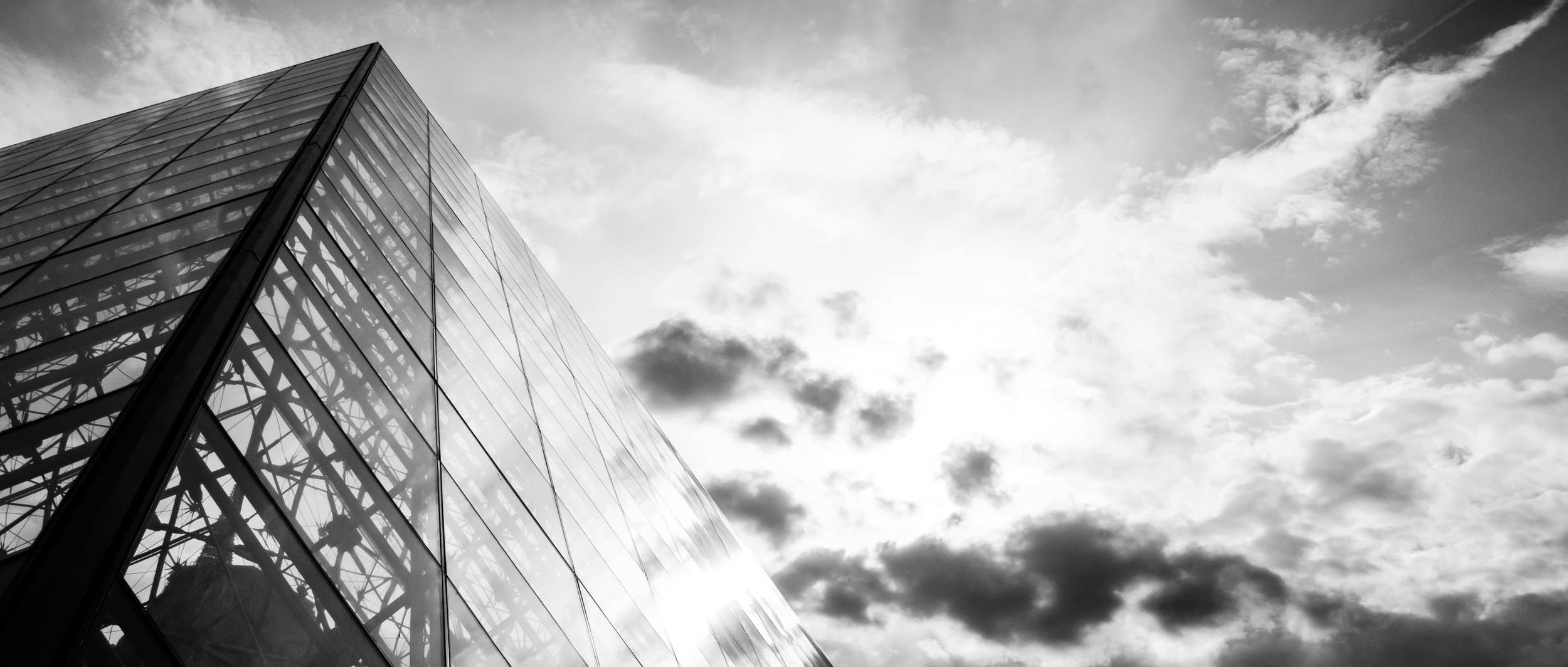
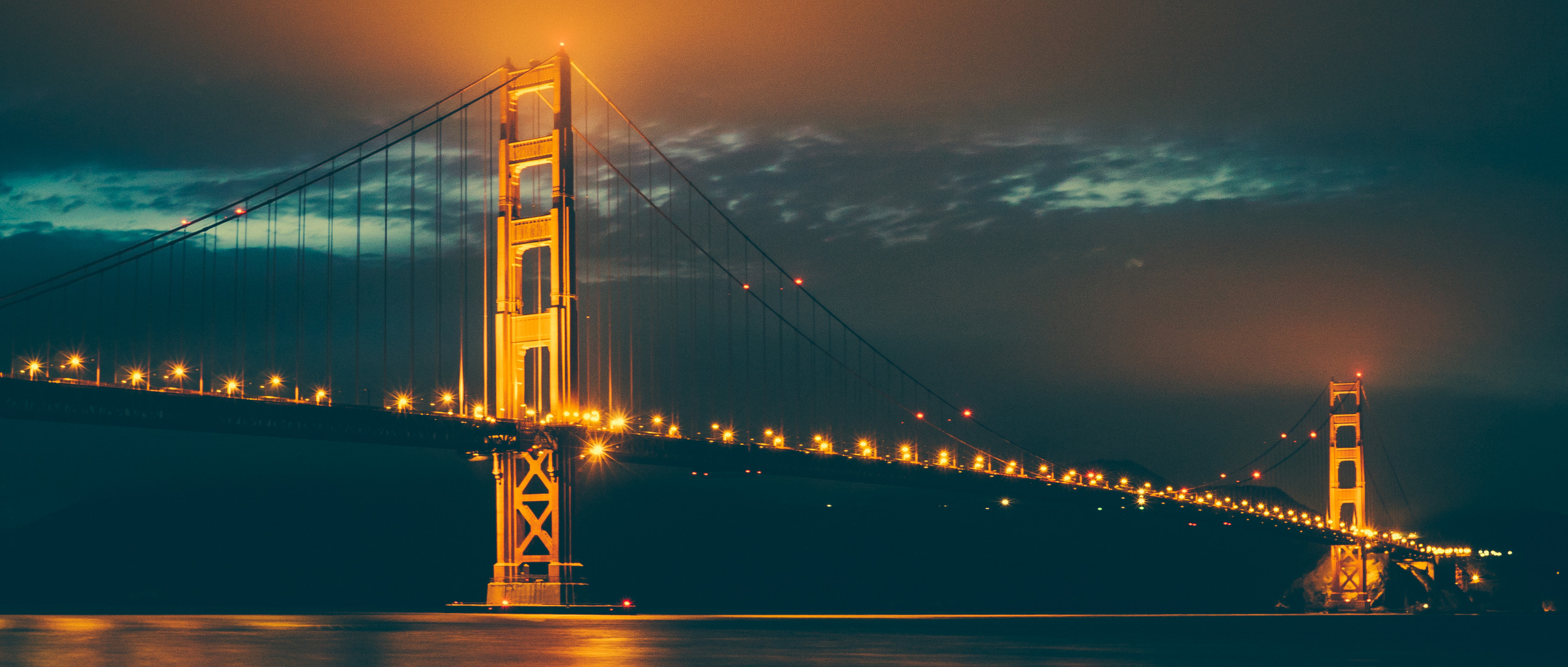

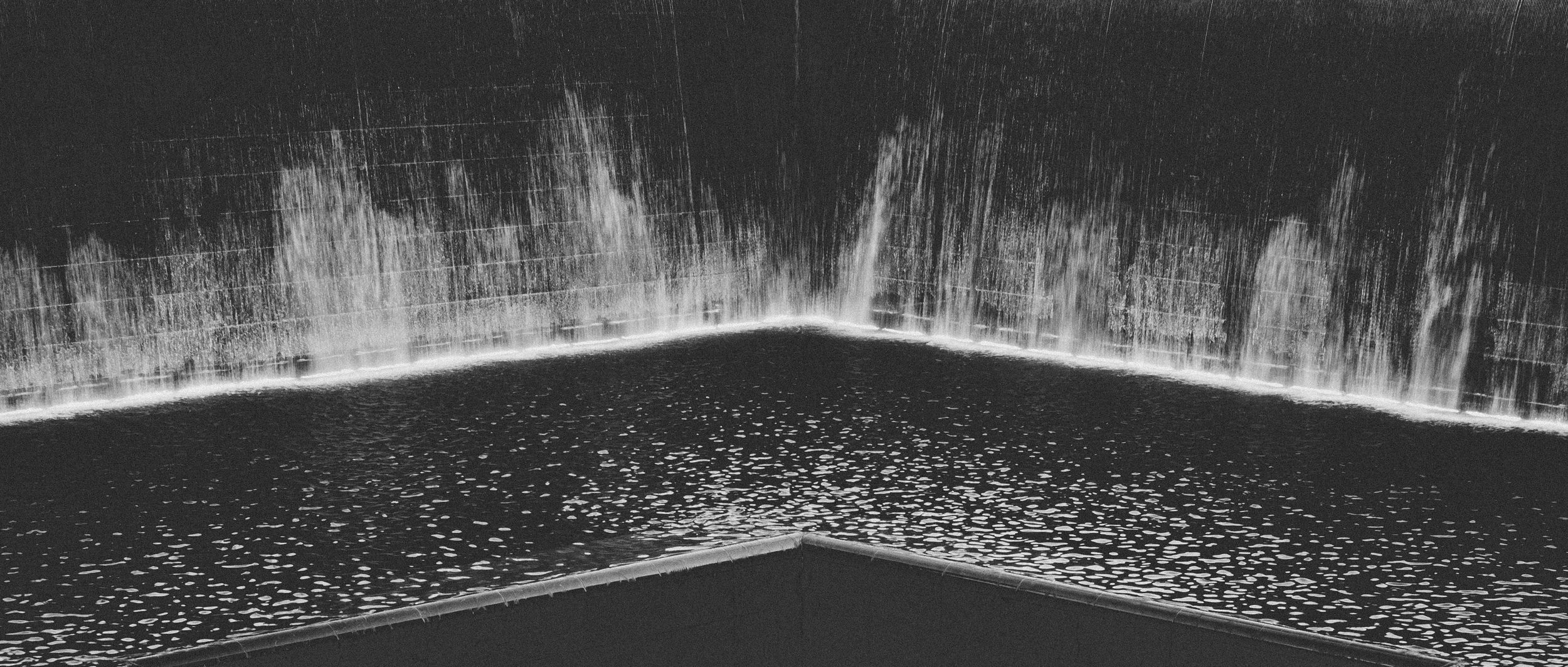
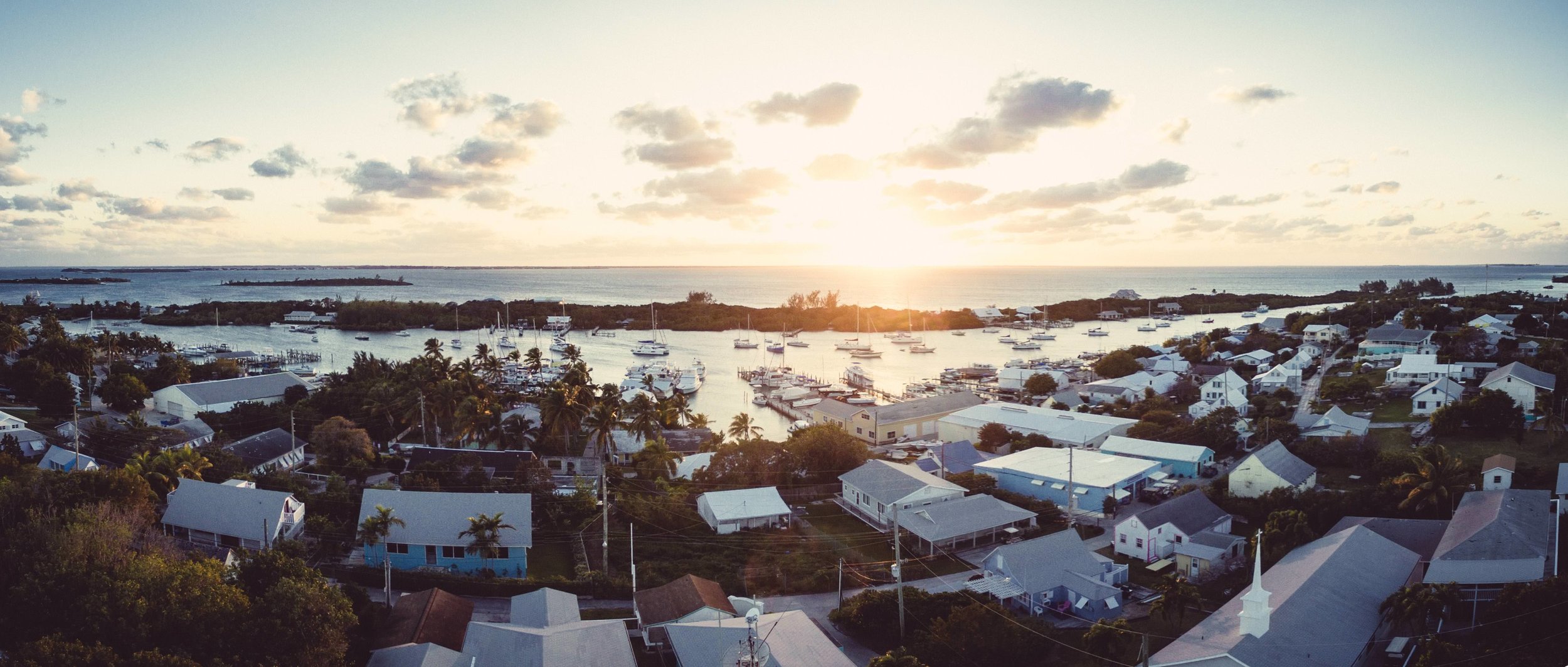
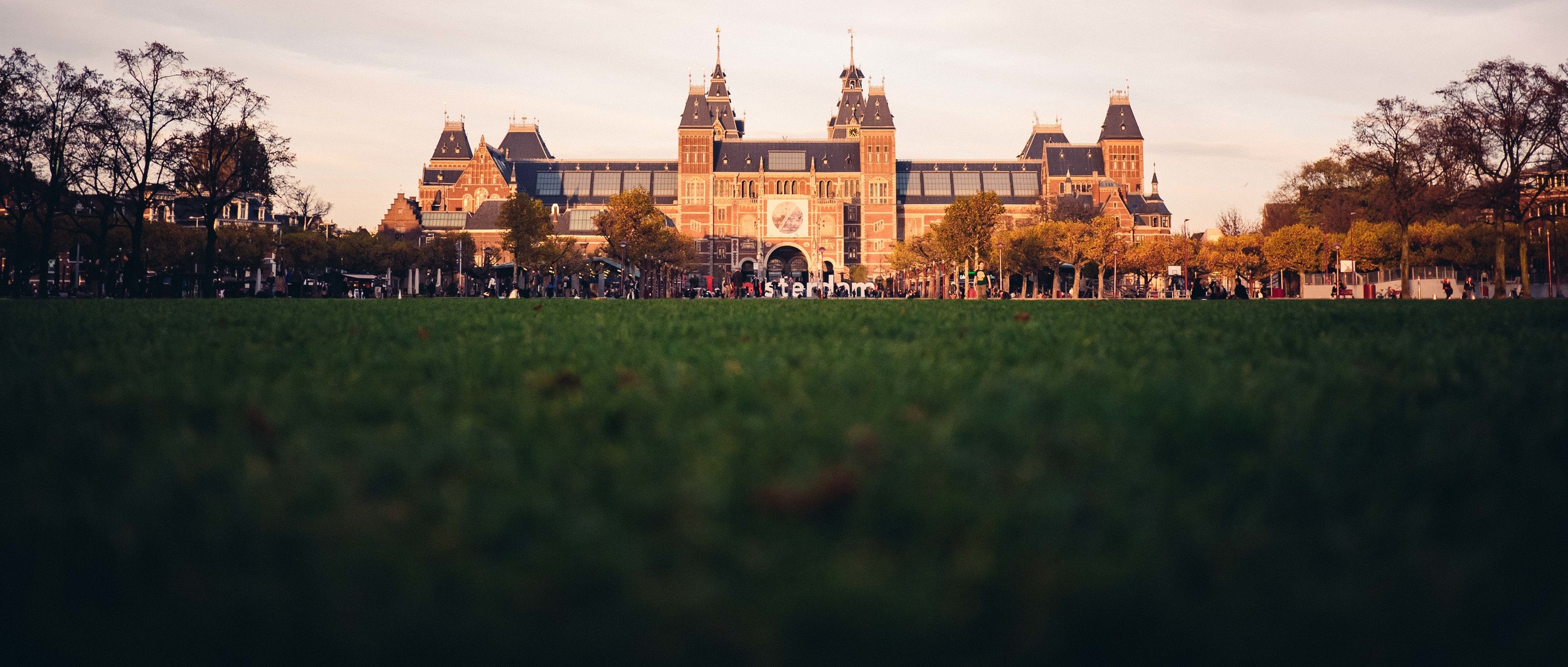
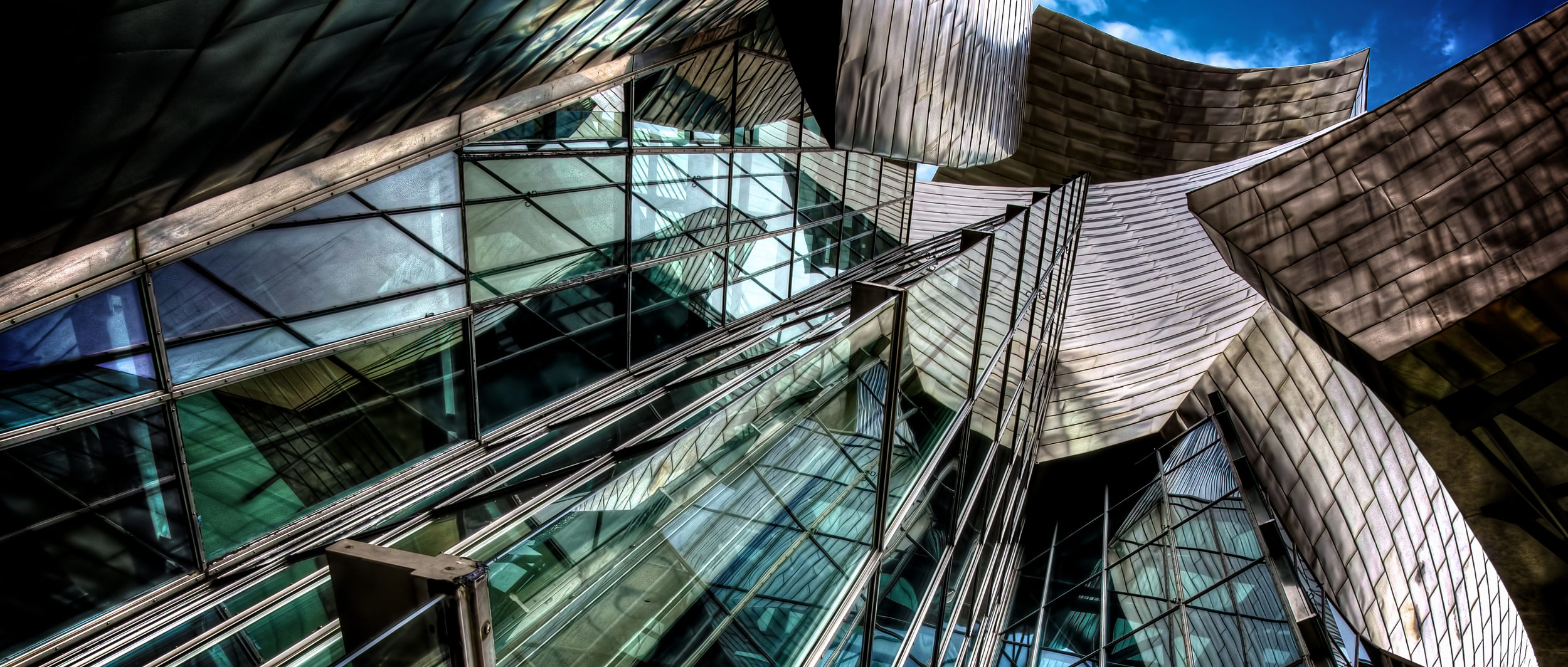
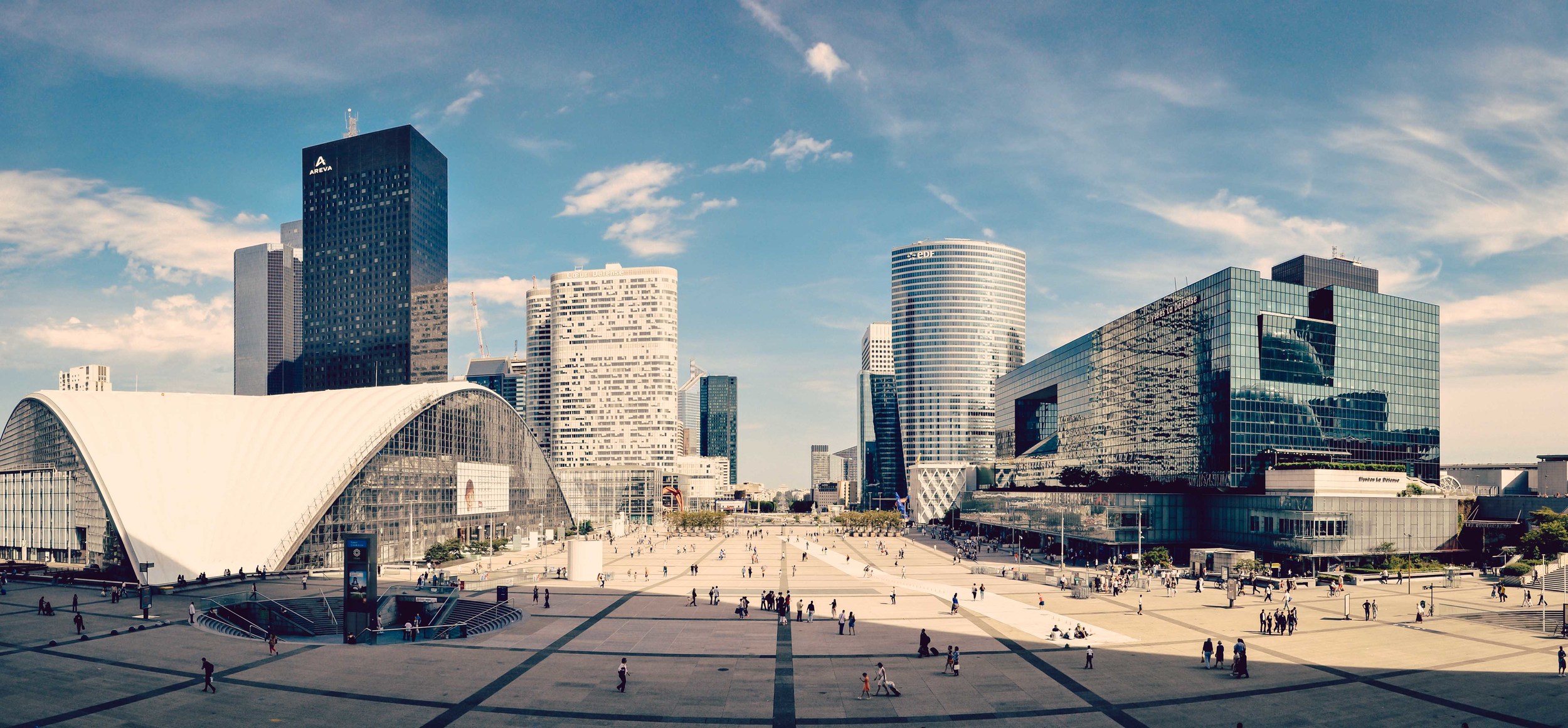

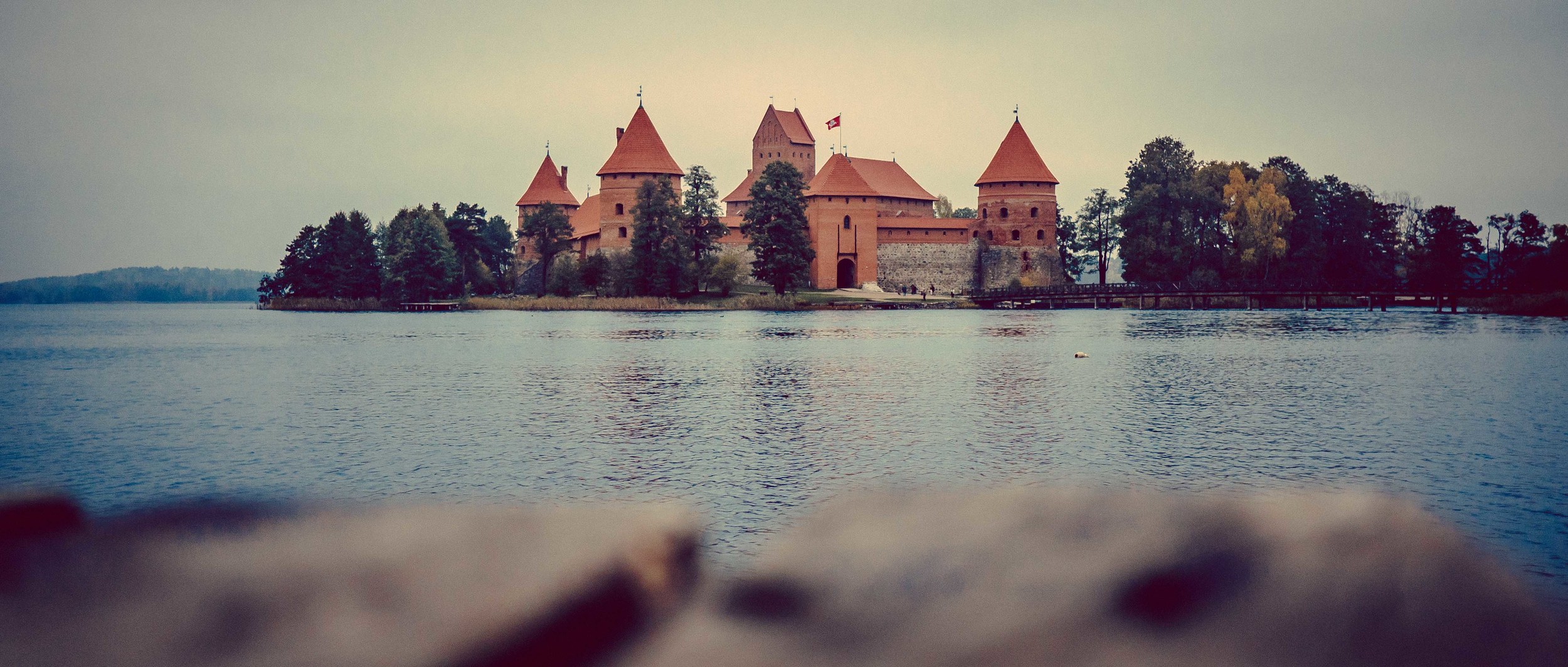
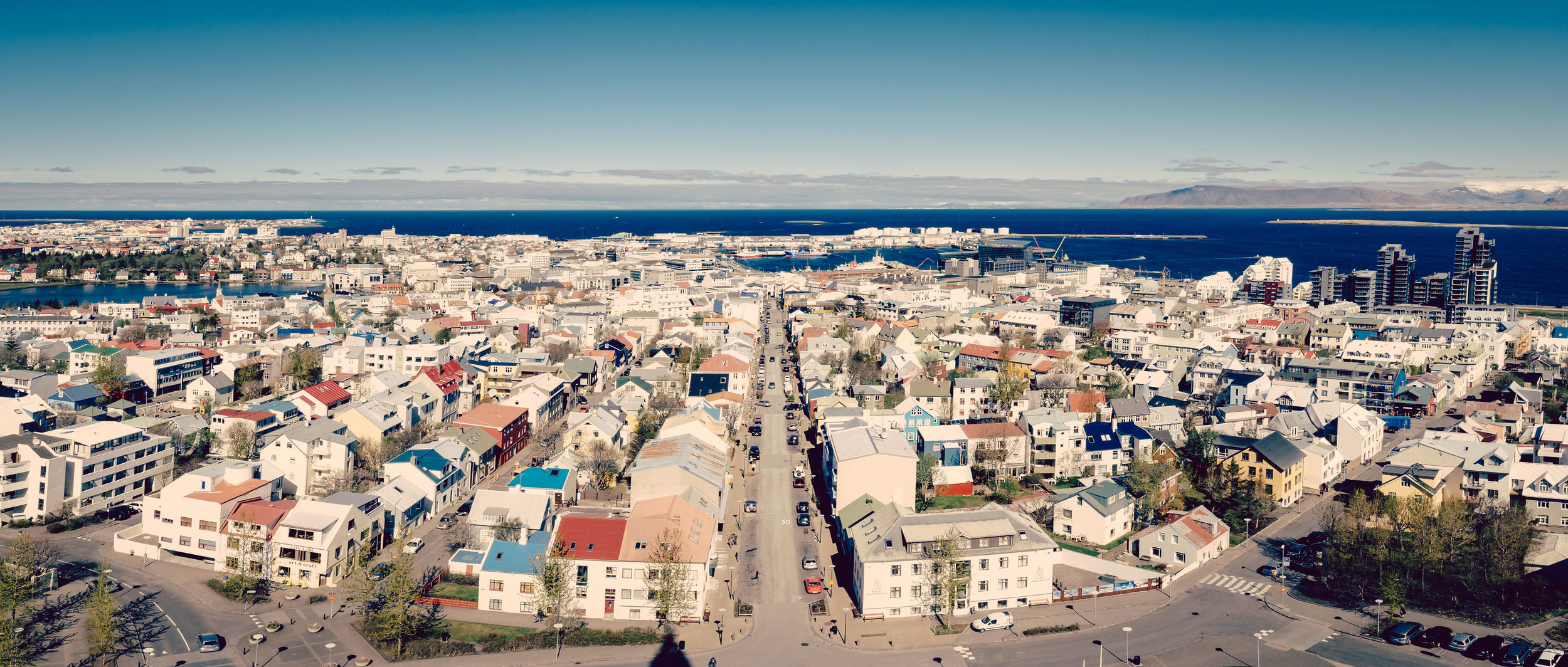

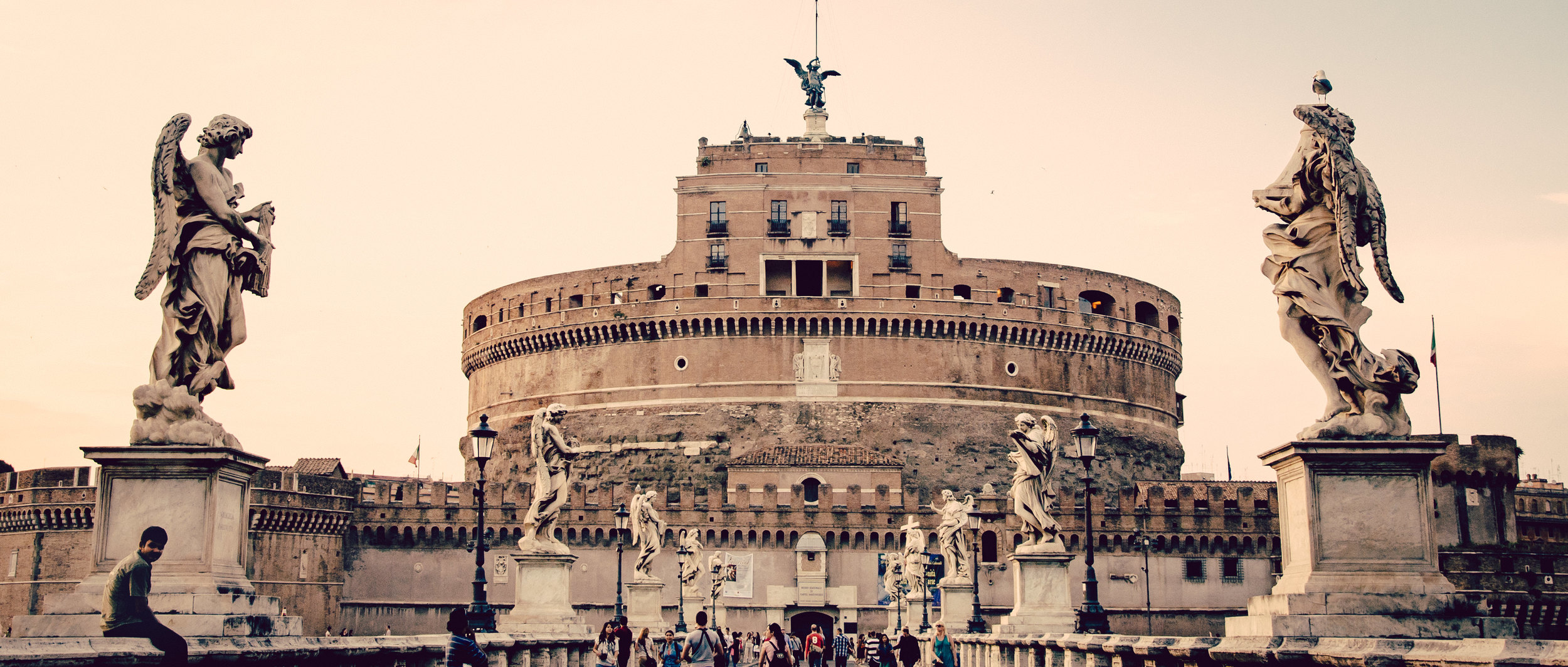
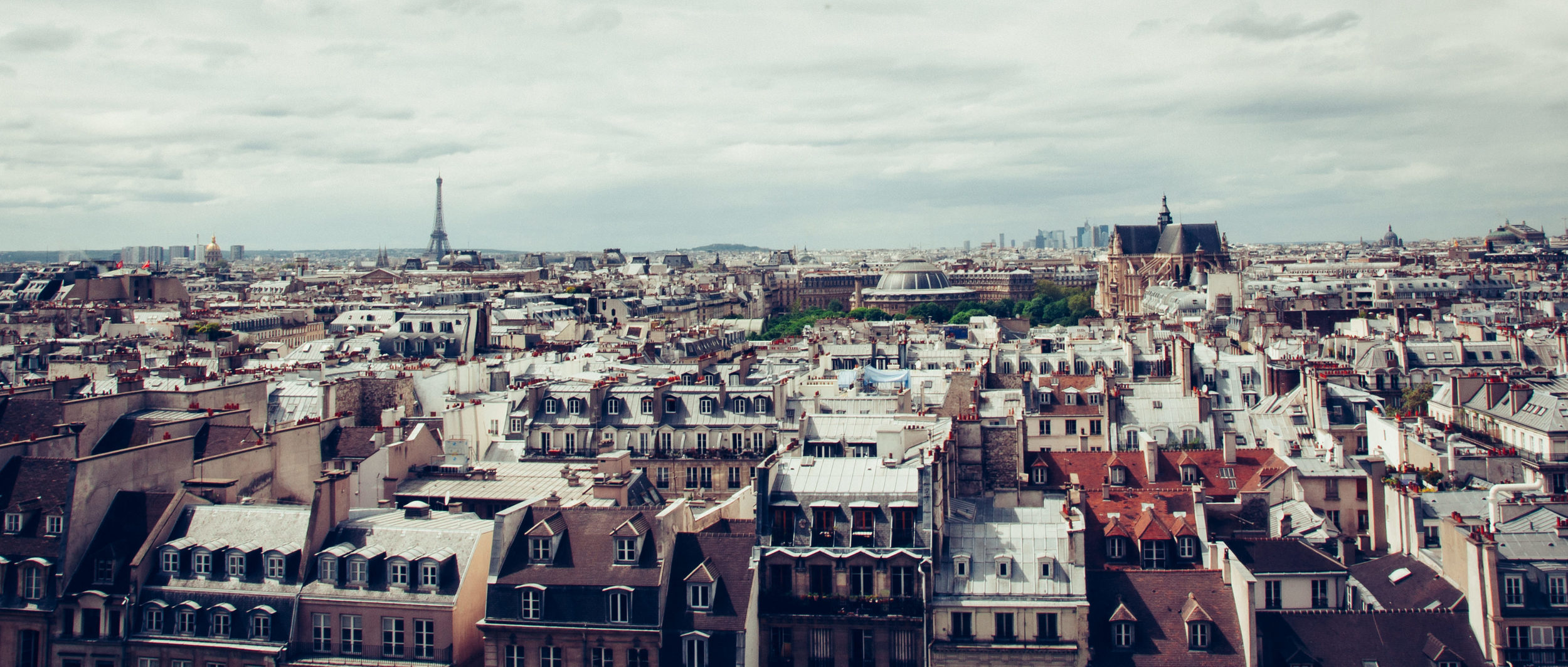
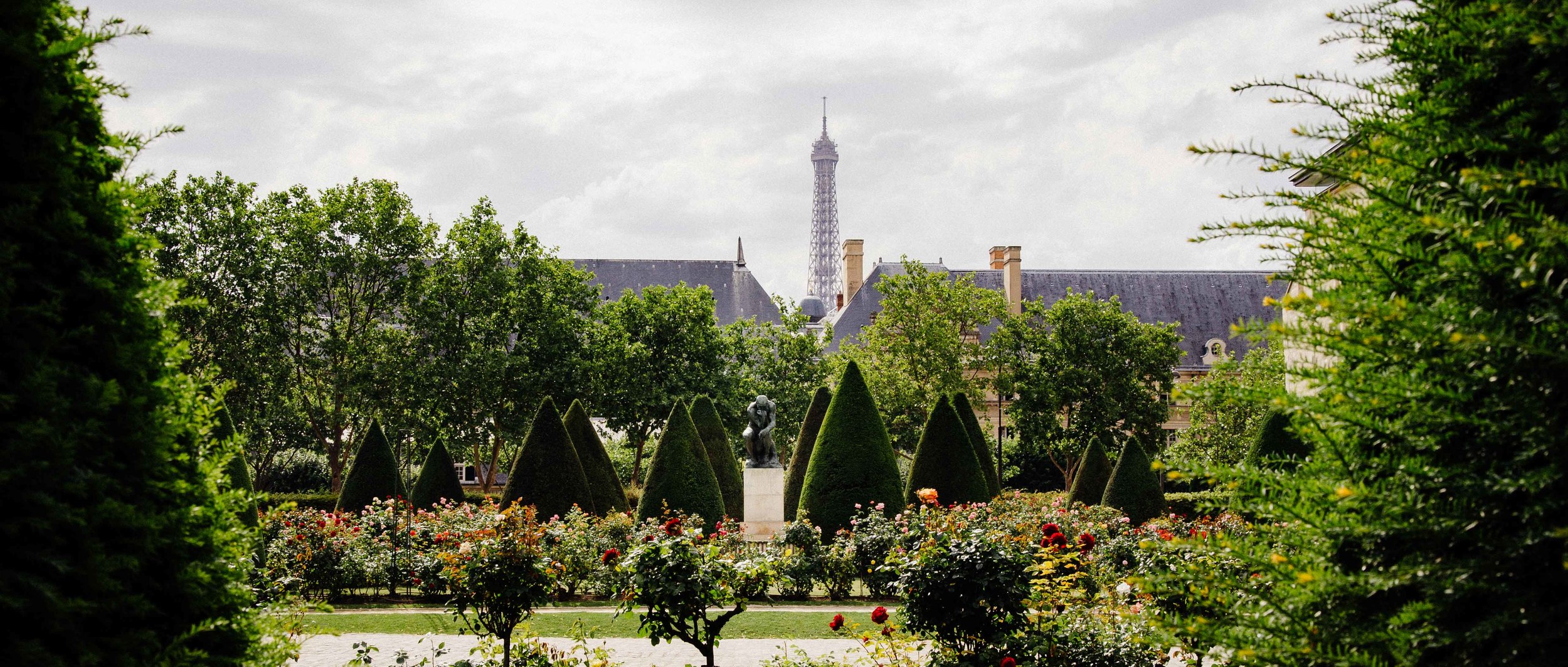


A trifecta of the iconic landmarks, all in one composition.

Two Chicago towers designed by Mies van der Rohe in 1969 and Adrian Smith in 2005 respectively.

There’s no other way to put it - this is likely the most photographed and well-known bridge in the world. So what can be said about it that hasn’t be said already? I wondered why it’s even called Golden Gate Bridge. At first I thought it’s maybe due to its colour. But it’s not really golden - it’s very much orange. In fact, it’s actually officially called ‘International Orange’. Then I thought it’s got something to do with it being a ‘gateway’ to the California Gold Rush of 1849. But that also turns out to not be the case. In reality, the bridge is named for the straight it crosses. The straight - Golden Gate Strait - was named by explorer and U.S. Army officer John C. Frémont, who marveled at its beauty in 1846, a whole two years before the discovery of gold in California. In his memoirs, he wrote that he named it Chrysopolae (Golden Gate) because of its similarity to the harbor of Byzantium (aka Constantinople, aka Istanbul), dubbed Chrysoceras (Golden Horn). So there… It’s called Golden Gate Bridge because the straight which it spans reminded a dude in 1846 of Istanbul.

Hovering 260m (840ft) above the Colorado River, this is the highest concrete arch bridge in the world, built between 2005 and 2010, and costing $114M in 2010 dollars. A joint project of the federal government, the State of Arizona and the State of Nevada, it took just over a decade for it to come to fruition, albeit the necessity for it was recognized as far back as the 1960s, when officials identified US 93 over Hoover Dam to be dangerous and inadequate for projected traffic volumes. The bridge allows commercial vehicles to cut out a 23km detour that became mandatory in the aftermath of 9/11.

I’m not American, wasn’t in the US that September, and in 2001 was barely a teenager. Yet, I do remember the day vividly - the shock of seeing the planes explode, the smoking towers, people leaping off from unimaginable heights out of utter despair, and the eventual collapse. Those visuals are hard-coded at this point as is the knowledge of what happened and yet... it’s hard to process 9/11 like an actual event. Perhaps because it sits there, in the canon of time, being old-enough to allow you to deal with it, yet recent-enough to make it painful. What this memorial fountain manages to capture so well is the void those towers left behind. The void that they left in our collective psyche. But how does one capture that void? I don't know. I can’t describe it. I can’t take a photo of it. This place is fundamentally not about photos - it’s about a feeling. A sense of loss and the collective struggle to reclaim the innocence of the world that has changed and does’t exist anymore. Will never exist anymore. We live in a “post-9/11 world” now. And this is where the rules for this new world were written. And the entire time you can’t even fathom that THIS is THAT place. You simply have to come here and experience it yourself

An emblematic example of deconstructivism & the reason for the existence the “Bilbao effect”. Bilbao, for most of the 19&20th century, was an industrial city with a big port - centre of the 2nd-most industrialised region of Spain, only behind Barcelona. But it was never a big city - think Hamilton, ON or Pittsburgh, PA - and it wasn't a centre for art and culture either. But following an industrial crisis in the 1980s the city decided to transform itself into a service town. In 1981 the Basque govrnmt suggested a museum project to the Solomon R. Guggenheim Foundation, where the government would cover the US$100M construction cost, create a US$50M acquisitions fund, pay a one-time US$20M fee to the Foundation and subsidize the museum's US$12M annual budget. In return, the Foundation would manage the institution, rotate parts of its permanent collection through the Bilbao museum and organize temp exhibits. The final cost of construction ended up being US$89 million and the museum opened to the public on Oct 18th, 1997. In 2010, Vanity Fair surveyed 52 experts in the filed, including 11 Pritzker Prize winners, to answer: "What is the most important piece of architecture built since 1980?” Frank Gehry’s Guggenheim Museum in Bilbao was the unequivocal answer. In part because it was an incredible architectural feat for its time (requiring heavy computer modelling in the age of Windows NT), in part because it almost single-handedly transformed the economy of an entire city. In 2014 alone, the museum hosted 1,011,363 visitors - in a city of just 350,000! This city and this museum is where the term "Bilbao effect” comes from - how a museum can fundamentally transform a city.
P.S. what you don’t hear people mention - despite how beautiful the titanium sheets look from afar, they are magnets for dirt & stains up-close.

La Défense is a major business district just west of Paris. If you keep going in a straight line from here, you’ll end up right at the Arc de Triomphe, on the exact opposite side of the Champs-Élysées.

So here’s the thing - this was originally just an ad. The sign was created in 1923 as an advertisement for a local real estate development that was supposed to stay there for a year and a half. It’s essentially a 1920s equivalent of a condo model unit. And it didn’t even spell out “HOLLYWOOD” - it was originally “HOLLYWOODLAND” and the sign would flash “HOLLY”, “WOOD” and “LAND” on repeat. Then in 1949 the “LAND” part was removed to represent the district rather than the housing development. Then by the 1970s it got into such a bad shape, some of the letters broke in half and others fell down completely, spelling out “HuLLYWO D” instead. The sign that is physically there right now is the result of the 1978 restoration initiative that replaced the original letters with new ones that were 5’ shorter. And who was the person who organized the public campaign to restore the sign? Hugh Hefner. Yes, THE Hugh Hefner. You’re welcome, world, Hugh gotcha back.

The Trakai Island Castle (Trakų salos pilis), one of the main centres of the Grand Duchy of Lithuania, started in the 14th century by Kęstutis and completed around 1409 by his son Vytautas the Great. The castle lost its military importance soon after the Battle of Grunwald, when the chief enemy of the Grand Duchy of Lithuania was defeated by the Lithuanian-Polish army. Thereafter it got transformed into a residence. Later on it served as a prison. During the wars with Muscovy in the 17th century, the castle got damaged and was not reconstructed, falling into disrepair. It didn't get fully reconstructed until the 20th century.

It looks very nice and sunny, but since we’re mere 2º south of the Arctic Circle, don’t get any ideas of swimming in that beautiful, blue water (that’s what the hot springs are for). The summer is strange - despite it being May and the sun shining brightly, it is far from scorching. And the fact that it’s bright out 22hours of the day doesn’t actually help with the warmth aspect (if you compare it to a much less sunny, but much warmer London). Catch a bit of a wind-gust, and you’ll want a sweater and a windbreaker (and to get back inside). But that’s alright, because a much better place to be at is a hot spring. You can go to one and even if the air temperature is 12-15ºC, because the water is hot, you’ll feel very comfortable. And if you do it on a sunny day, you’re guaranteed to get a tan. So yeah, just 2º south of the proper Arctic, you can go swimming in your bikini and expect to get a sunburn. Iceland - tis a magical, weird place.

Hope Town is a small village on Elbow Cay in Abaco. “Small” is quite literal - the total population is ~500 and most streets are so narrow only golf carts and/or bicycles are allowed on them. Although visited by Lucayan Indians earlier, the first known permanent residents arrived in 1785 who were British loyalists fleeing the newly independent United States of America for the nearest British territory in the Bahamas. Between 1785 and 1959 Elbow Cay and the Abacos were very isolated and the residents survived by fishing, limited trading, and salvaging of ships wrecked on Elbow Reef. Then in 1959 the Marsh Harbour Airport was built, which brought in more tourists and increased the number of residents. The harbour of Hope Town is popular with sailors, as Elbow Cay protects the boats from the rough water of the Atlantic, seen in the background.

During the Nazi occupation of Czechoslovakia in World War II, Prague Castle became the headquarters of Reinhard Heydrich, the "Reich Protector of Bohemia and Moravia”. Heydrich was described by Hitler himself as “the man with the iron heart” - with praise like that it shouldn’t come as a surprise that Heydrich was one of the organizers of the Kristallnacht and the man behind the Final Solution. In January 1942 he chaired the Wannsee Conference during which the details of the Final Solution were worked out and set in motion. The Nazi plan to mass-murder Jews in Poland starting in July 1942 was named after Heydrich - Operation Reinhard. The good news is that within the first year of taking residence at Prague Castle, the Czech resistance carried out Operation Anthropoid (Greek word for "having the form of a human”) and fatally wounded Heydrich, injuring his diaphragm, spleen and lung which lead to his death 9 days later from sepsis. The bad news is that the Nazis carried out reprisals for Heydrich’s death by massacring 5,000 Czech civilians. In the village of Ležáky, all adults were killed in the reprisals. In the village of Lidice, 199 men were executed, 195 women were deported to concentration camps, and 95 children taken prisoner. Some of the kids taken from Lidice were taken for adoption by German families, but 81 were killed in gas vans at the Chełmno extermination camp. Both villages were razed to the ground. That was the price paid in human lives for killing a single SS-Obergruppenführer.
